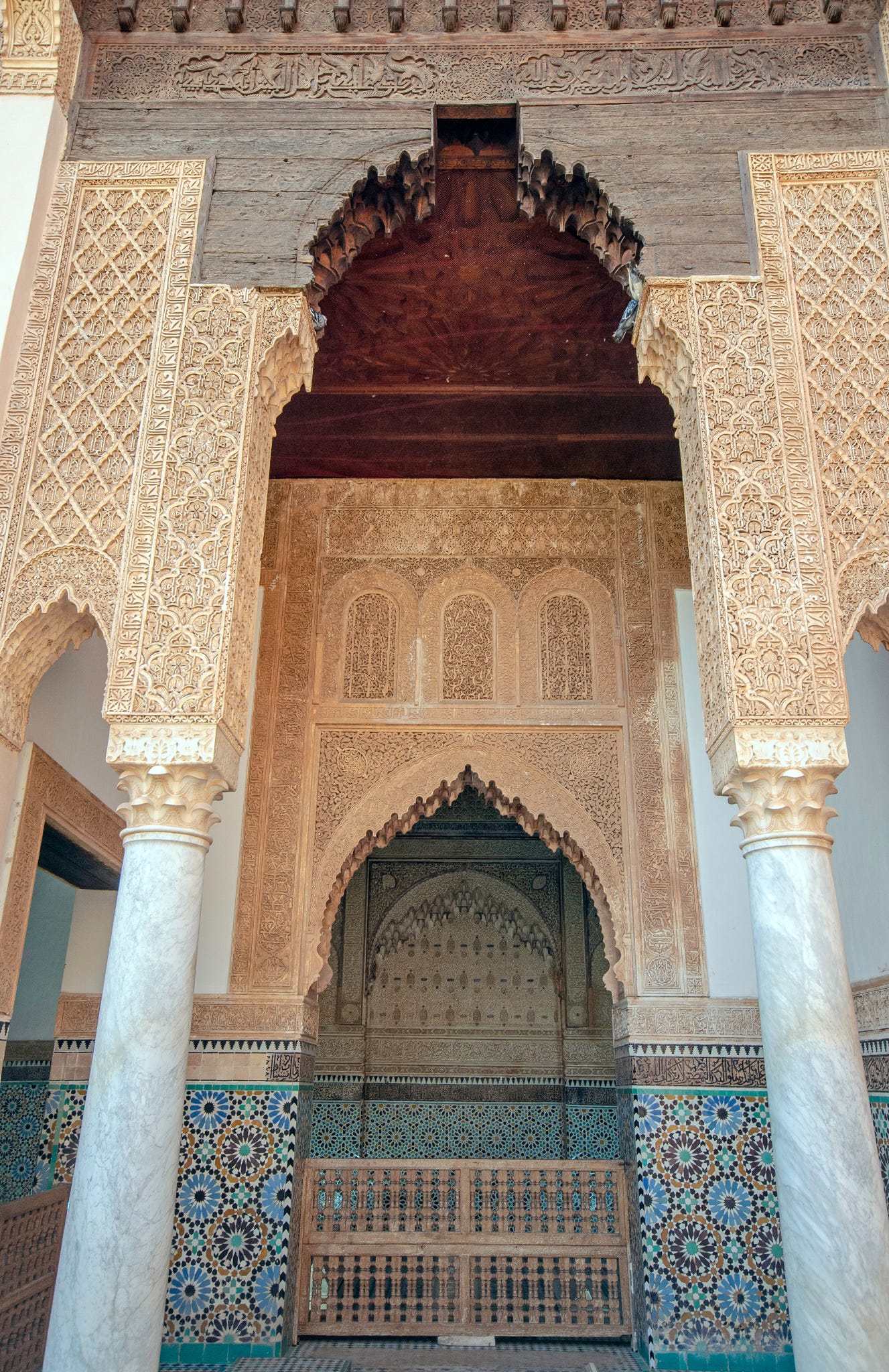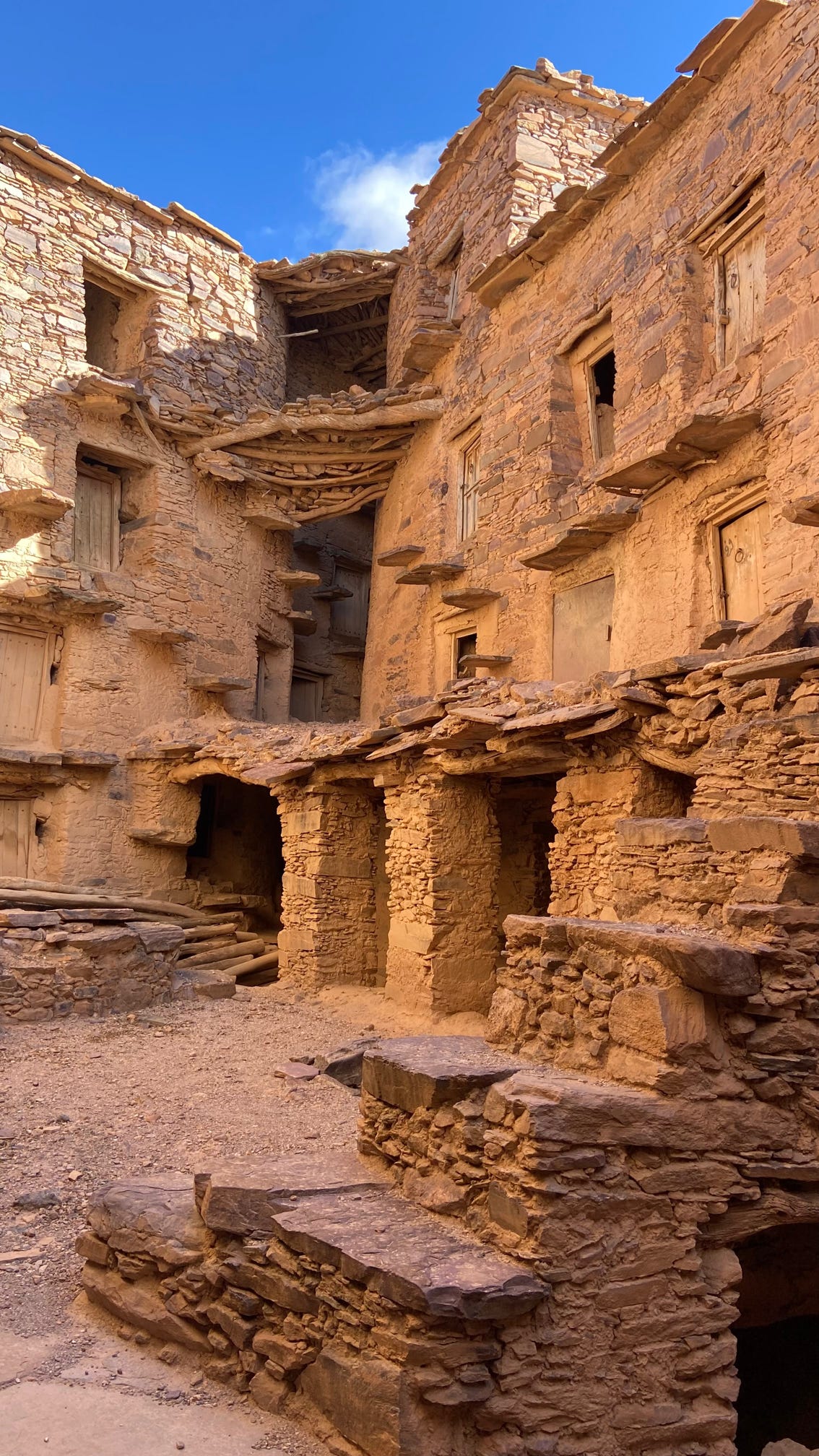
Volubilis The Timeless Beauty:9 UNESCO World Heritage Sites
UNESCO World Heritage Site Volubilis is the best-preserved and most visited archaeological site in Morocco. This ancient Roman city, located in northern Morocco, near the city of Meknes and about 30 kilometers north of Fez, is one of the most significant Roman ruins in North Africa.
Due to its historical and cultural importance, Volubilis was designated a UNESCO World Heritage Site in 1997. Today, it stands as a testament to the grandeur of the Roman Empire and the diverse civilizations that once thrived there.
Historical Background
Before being annexed by the Roman Empire in the 1st century BC, Volubilis was originally a Berber settlement. It later became an essential administrative center under Roman rule, flourishing as a prosperous city in the province of Mauretania Tingitana. During its peak, it had an estimated population of 20,000 to 30,000 inhabitants.
The city was strategically located in a fertile agricultural region, which contributed to its wealth and importance. Olive oil production and trade played a vital role in its economy, and the remains of ancient olive presses can still be seen at the site today. Volubilis was also known for its grand public buildings, luxurious homes, and impressive infrastructure, which reflected Roman architectural influence.
Architectural and Cultural Significance
The ruins of Volubilis provide valuable insights into Roman urban planning and architecture. The site features a well-preserved layout, including remnants of grand avenues, temples, basilicas, and triumphal arches. Some of the most notable structures include:
- The Triumphal Arch of Caracalla: Built in 217 AD in honor of Emperor Caracalla and his mother, Julia Domna, this arch stands as one of the most iconic landmarks of Volubilis.
- The Basilica and Forum: These structures served as the center of political and judicial activities in the city.
- The Capitoline Temple: Dedicated to Jupiter, Juno, and Minerva, this temple was an essential religious site for Roman citizens.
- The Mosaic Floors: Some of the most remarkable features of Volubilis are its well-preserved mosaics, which depict scenes from Roman mythology, such as the Labors of Hercules and Bacchus, the god of wine.
Cultural Exchanges and Later Inhabitants
Over the centuries, Volubilis experienced cultural exchanges, and various civilisations left their mark on the site. It was home to a diverse population, including Romans, Berbers, and later, Christians and Muslims.
After the decline of Roman control in the region around the 3rd century AD, Volubilis remained inhabited for several centuries. By the 7th and 8th centuries, it became an early Islamic settlement, though it gradually lost its prominence as new cities such as Fez emerged as political and cultural centers.
In the 18th century, an earthquake and the construction of the nearby city of Meknes led to further destruction and looting of materials from Volubilis. However, extensive archaeological excavations and restoration efforts in the 20th century helped uncover and preserve much of its historical significance.
Visiting Volubilis Today
Today, Volubilis remains one of the most popular tourist attractions in Morocco. Visitors can explore the well-preserved ruins, admire the intricate mosaics, and walk through the ancient streets that once bustled with activity. The site provides a fascinating glimpse into the past, allowing travelers to appreciate the grandeur of the Roman Empire and the cultural influences that shaped the region.
The best time to visit Volubilis is during the cooler months of spring and autumn when the weather is pleasant. A guided tour can enhance the experience by providing in-depth historical context and stories behind the ruins. Many visitors also combine their trip to Volubilis with a visit to nearby Meknes, another UNESCO World Heritage Site known for its imperial history.
Volubilis stands as a remarkable testament to Morocco’s rich and diverse history. As a UNESCO World Heritage Site, it continues to attract historians, archaeologists, and travelers from around the world. Its well-preserved ruins offer a unique opportunity to explore an ancient Roman city and appreciate the cultural exchanges that have shaped Morocco’s historical landscape. Whether you are a history enthusiast or a curious traveler, a visit to Volubilis is an unforgettable journey through time.
Table of Contents
contents






